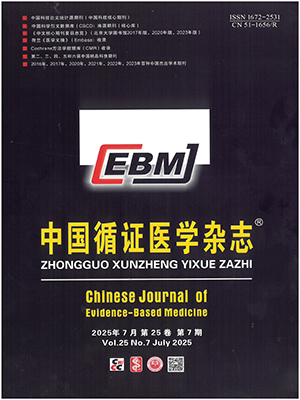Objective To perform a cross-sectional study on mental situations of parents of student victims in Wenchuan earthquake and analysis the data to produce best evidences for the government on their decision-making.
Methods By the use of questionnaires, interviewer, and observation, we performed field study on 225 student victims’ parents selected by simple random sampling to collect their demographic characteristics, economic and mental status.
Results (1) Of the 123 student victims the only child of the family account for 91.87%, female account for 50.41%, the pupil and below, the middle school student, and the college account for 48.78%, 50.41%, 0.81% respectively. (2) Mental and behavior differences between fathers and mothers were significant. (3) The parents declining to accept the death of their children are not in a good social support. (4) The parents with good family economics and high education are more likely to accept the death of children.
Conclusion (1) We should build a ‘Mutual Aid’ organization to help those parents construct a good social support net. (2) To take the advantage of rural hospitals to build the long-acting mechanism of the psychological intervention. (3) To perform the psychological intervention corresponding to right period and right aimed group.
Citation: LIU Ping,JIANG Lanhui,YANG Lei,WANG Li,LIN Mingfu,QIU Renyi,WU Kankan,ZHANG Lin,LI Youping. A Cross-sectional Investigation on Mental Situations of 225 Parents of Student Victims in the Wenchuan Earthquake. Chinese Journal of Evidence-Based Medicine, 2010, 10(6): 653-657. doi: 10.7507/1672-2531.20100469 Copy
Copyright © the editorial department of Chinese Journal of Evidence-Based Medicine of West China Medical Publisher. All rights reserved




